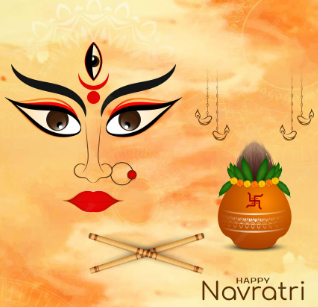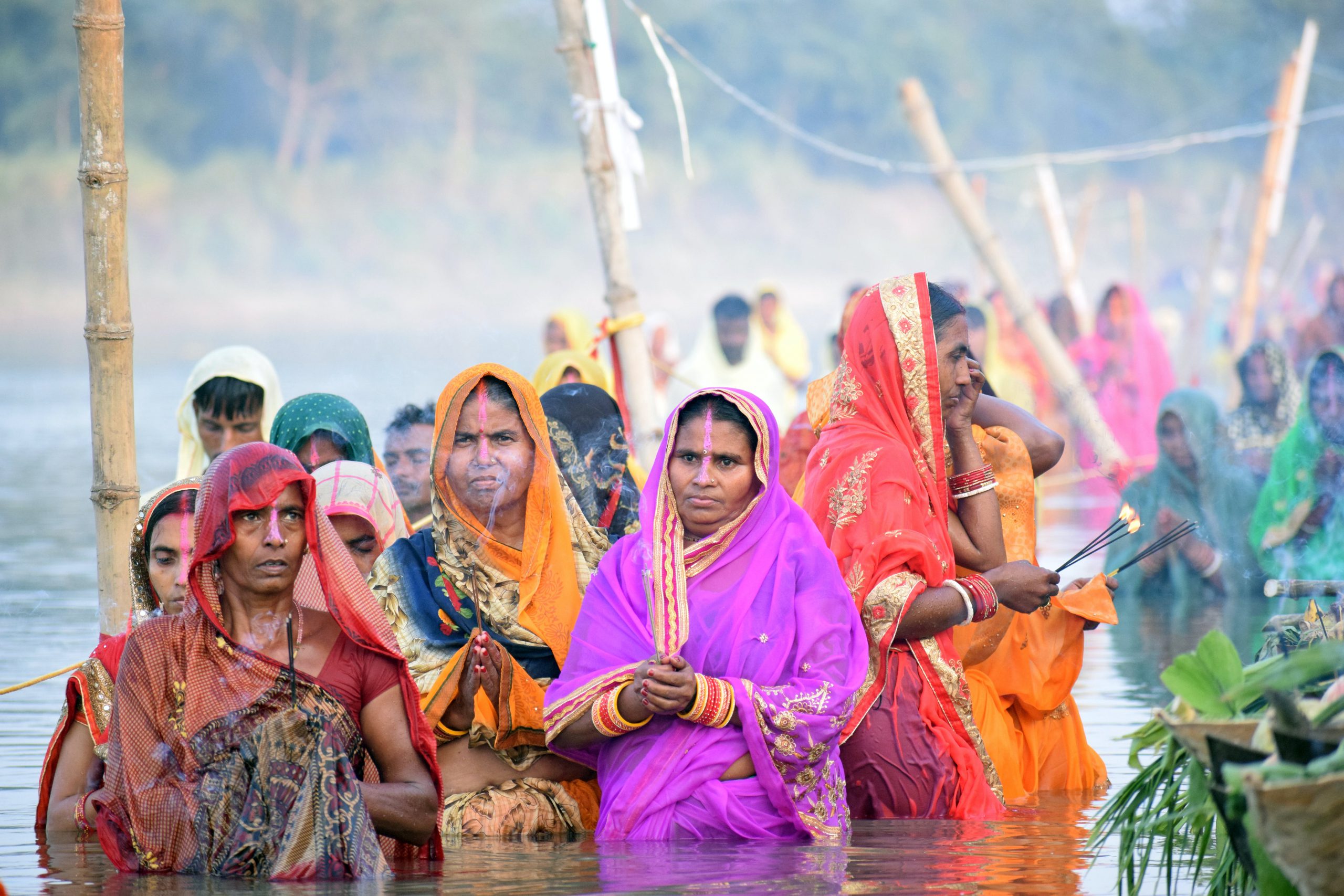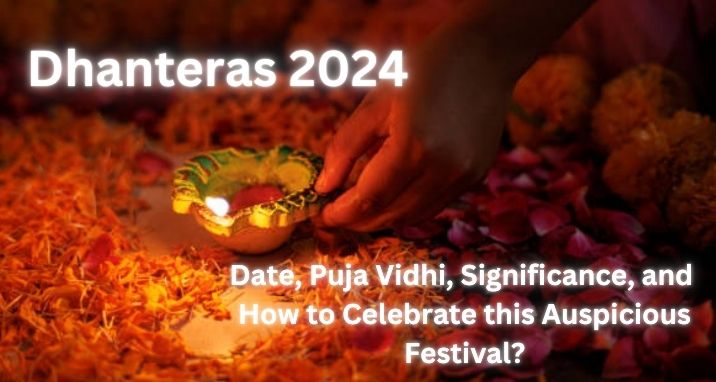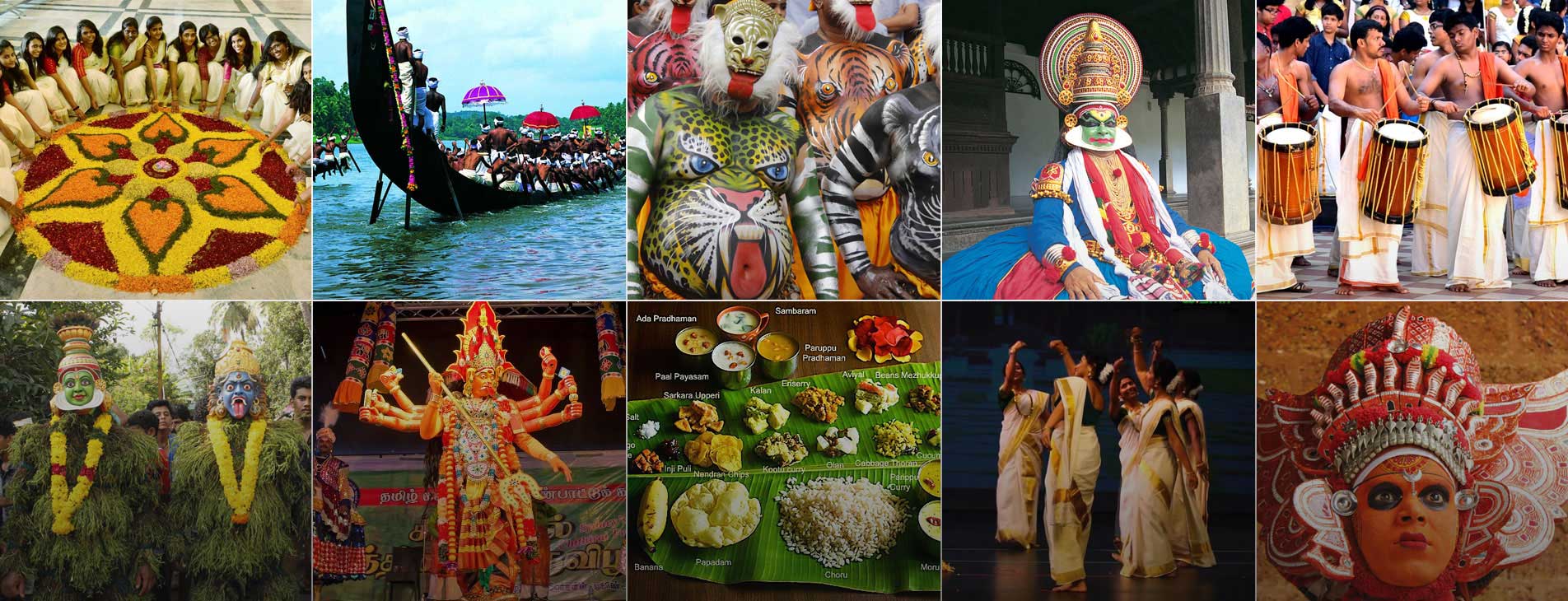Navratri: Tithi, History, Significance and Durga Avatars

Navratri or Sharadiya Navratri is one of the most prominent festivals of Sanatan Hindus in India and across the world. It is a celebration of a nine-day battle of good against evil, with victory coming on the 10th day. On these days, Maa Durga is worshipped as the deity of power, wisdom, and energy. She is also known as Bhavani and Amba and is attributed to Maa Parvati.
Navratri 2023 Tithi
On October 15, 2023, Shukla Paksha Pratipada Tithi of the Ashwin month, Sharadiya Navratri will start. The last day of it is October 24, 2023, which is Vijaya Dashami Day. 23rd October is the Maha Navami day, the last day observed as Navratri.
Navratri Nav Durga Puja
- On Day 1, 15th October – Ghatasthapana, Shailaputri Puja is to be performed. Navratri’s colour of the day is orange.
- On Day 2, 16th October, Brahmacharini Puja is to be performed. Navratri’s colour of the day is white.
- On Day 3, 17th October, Chandraghanta Puja is to be performed. Navratri’s colour of the day is red.
- On Day 4, 18th October, Kushmanda Puja is to be performed. Navratri’s colour of the day is royal blue.
- On Day 5, 19th October, Upang Lalita Vrat or Skandamata Puja is to be performed. Navratri’s colour of the day is yellow.
- On Day 6, 20th October, Katyayani Puja is to be performed. Navratri’s colour of the day is green.
- On Day 7, 21th October, Maha Saptami, Kalaratri Puja. Navratri’s colour of the day is grey.
- On Day 8, 22nd October, Mahashtami, Durgashtami, Kumari Puja, Mahagauri Puja. Navratri’s colour of the day is purple.
- On Day 9, 23rd October Maha Navami, Navami Homa, Siddhidatri Puja. Navratri’s colour of the day is peacock green.
To know about the puja vidhi in detail, you can talk to an expert astrologer at NamoAstro.
History behind Navratri
The story behind Navratri is quite famous. During Sharad Navratri, Maa Durga killed Mahishaura. According to different texts, different forms of Maa killed the demon. According to Rambha Kalpa, Durga maa in the form of 18-handed Ugrachandi killed Mahishaura. As per Neelalohita Kalpa, 16 headed Bhardrakali, killed Mahishaura. However, according to Shwetavaraha Kalpa, a 10-headed Durga form of Katyayani killed Asur.
However, most agree that Mahishura was killed by one of the forms of Durga only.
Also, as per the texts, Bhagwan Rama worshipped Durga Maa during Sharad Navratri. He sought her blessings before the war against Ravana, on the advice of Brahma. It is also known as Akal Bodhan since he invoked the Goddess during her sleeping period.
Significance of Navratri
According to Mahakala Samhita, there are 4 Navratri in Hindu calendars:
- Sharad Navratri,
- Chaitra Navratri,
- Magha Gupta Navratri,
- Ashadha Gupta Navratri
Their significance varies according to Yuga. For instance, in Satya yuga, the most important was Vasant Navratri during Chaitra month. In Treta Yuga, Navratri in the month of Ashadha. Similarly, in Dvapara Yuga Magha Gupta Navratri and in Kali Yuga, Sharad Navratri in Ashwin lunar is the most important one.
Nine Avatars of Maa Durga (Nava Durga)
Navratri means “nine nights” and nine forms of Maa Durga are worshipped during Navratri. Each form represents a unique aspect of Devi’s divine power:
Shailaputri
On the first day of Navratri, Shailaputri is worshipped. Shailaputri is the Himalayas’ (Shaila) daughter and Maa Durga’s (putri) first form. She represents chastity and the might of the mountains and is portrayed riding a bull.
Brahmacharini
On the second day of Navratri, Brahmacharini is worshipped. Here, the goddess is a devout ascetic. She is frequently seen holding a water jug in one hand and a rosary in the other. She is renowned for her devotion and penance, which she showed to get Shiva.
Chandraghanta
On the third day of Navratri, Chandraghanta is worshipped. With a Chandra on her brow and a reputation for being strong and protective, Chandraghanta represents bravery and strength.
Kushmanda
On the fourth day of Navratri, Kushmanda is worshipped. This avatar is related to the Brahmand’s Srijan (Creation). All living things are said to receive vitality and food from Kushmanda, who is represented as having eight arms.
Skandamata
On the fifth day of Navratri, Skandmata is worshipped. Lord Skanda (Kartikeya), the god of war, has a mother named Skandamata. Her representation, which shows her cradling her son, represents maternal love and defence.
Katyayani
On the sixth day of Navratri, Katyayani is worshipped. The goddess’ ferocious manifestation, Katyayani, arose from the sage Katyayani’s rage. She was born from the anger of the gods. As per texts, anger which supports dharma, is acceptable.
Kalratri
On the seventh day of Navratri, Kalratri is worshipped. One of Maa Durga’s most terrifying forms is this one. Dark skin, messy hair, and a commanding posture are all features of the image of Kalratri. She eliminates darkness from her followers’ lives and eradicates ignorance.
Mahagauri
On the eight-day Navratri, Mahagauri is worshipped. Mahagauri is a symbol of tranquillity and purity. She is shown as having a serene disposition and is frequently connected to tranquillity and healing.
Siddhidatri
On the 9th day of Navratri, Siddhidatri is worshipped. The final manifestation of Maa Durga is Siddhidatri, the bestower of mystical and spiritual abilities. It is claimed that she bestows gifts and knowledge upon her followers.
In Southern India, the following forms of Maa are worshipped:
- Vanadurga
- Shoolini
- Jataveda
- Shanti
- Shabari
- Jwaladurga
- Lavanadurga
- Asuridurga
- Deepdurga
Navratri Celebration
Is it possible to speak of the occasion without mentioning Garba? Probably not! Garba is the dance celebration of Garba, prominently in Gujarat.
Besides, nine days of Nav Durga puja, prayer, chanting, and meditation are also performed during Navratri to connect us with our deeper spirit. Getting in touch with our inner selves invokes positive qualities in us. It also helps one destroy laziness, pride, obsession, tamasic thoughts, and cravings.
In West Bengal and many Eastern Indian states, the Durga Puja festival is celebrated from the 6th day of Navratri until the 10th day of Vijaya Dashami day. This five-day festival of Durga Puja is the biggest festival for the Bengali Hindu community across the world.
Frequently Asked Questions
Q: What is Dussehra or Vijaya Dashami?
A: The festival of Vijayadashami, also known as Dussehra, which commemorates Lord Rama’s victory over the evil king Ravana, marks the end of Navratri. Throughout India, effigies are burned, processions are held, and plays are performed.









